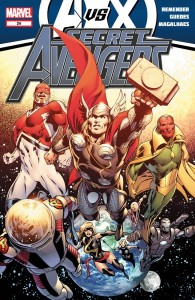 Editor’s Note: The Review Force is a cosmic entity capable of causing a planet-wide Spoiler event.
Editor’s Note: The Review Force is a cosmic entity capable of causing a planet-wide Spoiler event.
Usually, when a more minor, lower circulation comic becomes part of a major summer crossover event, it is a book to avoid. Almost invariably books like that are where publishers stick filler while hoping that the crossover’s logo on the cover increases circulation enough to justify the printing costs and stave off cancellation for a couple of months. Everyone knows that an event’s important stuff occurs in the primary title and the related major titles, while the second tier books are where you get “major” revelations running the gamut from, “Some minor character is terrified of the ramifications of this major event!” to “Wow! It turns out I, the reader, don’t give a fuck about any of this shit!”
So imagine my surprise when Secret Avengers # 26, which is precisely the kind of book where you’d stick Captain Cannonfodder and his fear of Phoenix but need to (fatally) redeem some misdeed made in a 1974 issue of The Brave and The Give Us Your Quarter Kid, wound up not only being the scene of one of the more major (yet least hoopla’ed) comic book resurrections of the past several years, but of a reasonable examination of why a Captain Cannonfodder-level character is as minor a player as he is. All with some damned interesting and unconventional art to boot.
First off, despite what I just said, make no mistake: this is, in fact, the first totally unnecessary side story in the Avengers Vs. X-Men event. There is, after all, a reason the crossover is called Avengers Vs. X-Men, and if you are a superhero and you find yourself on an Avengers team, in outer space to stop the Phoenix Force, with no X-Men anywhere in sight? Welcome to the B-plot, pal. Look to your left, and look to your right. One of you is going to die. The other is probably Squirrel Girl.
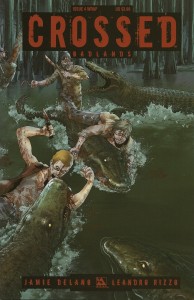
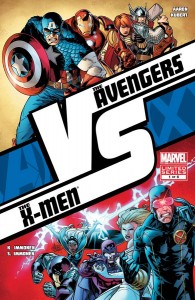
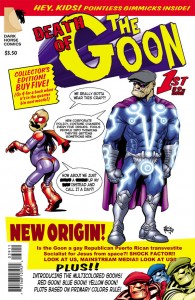
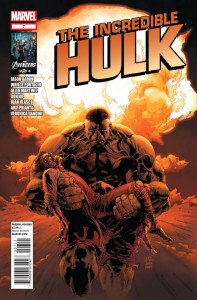
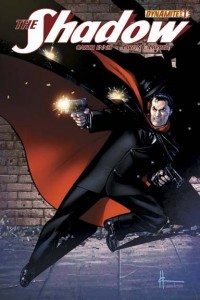
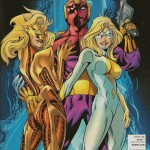
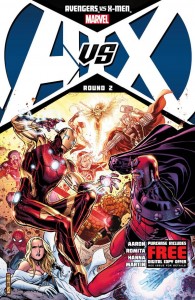
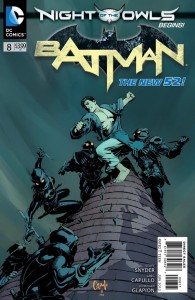
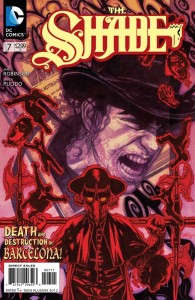
 Podcast RSS Feed
Podcast RSS Feed iTunes
iTunes Google Play
Google Play Stitcher
Stitcher TuneIn Radio
TuneIn Radio Android
Android Miro Media Player
Miro Media Player Comics Podcast Network
Comics Podcast Network